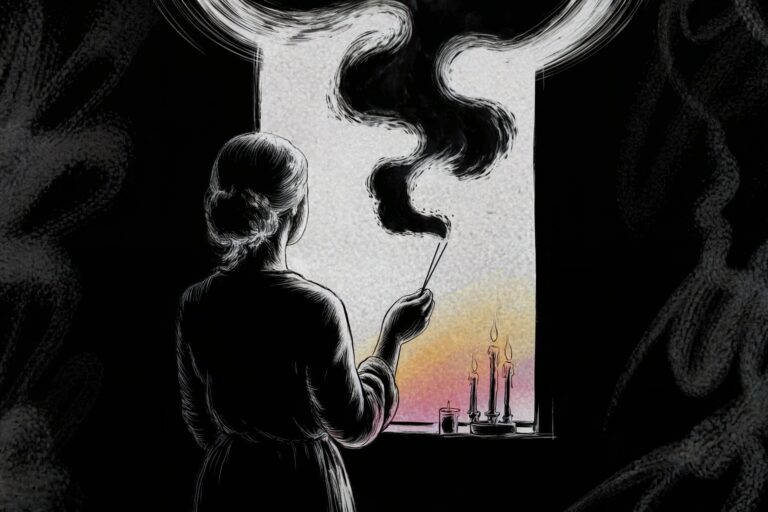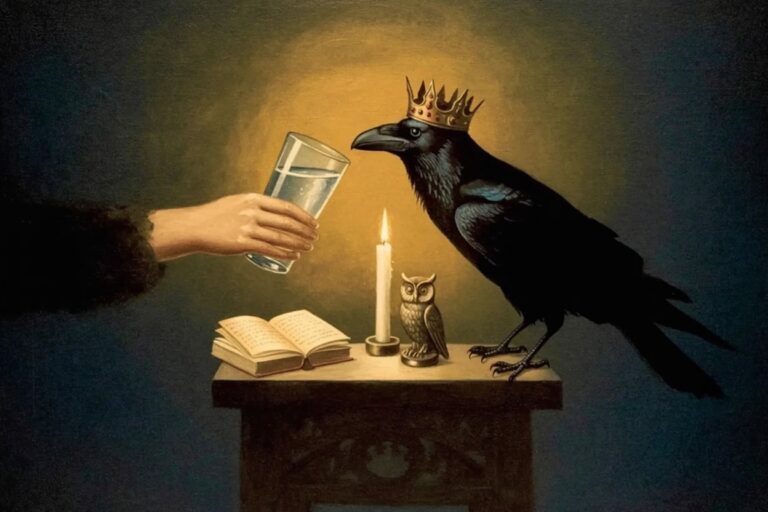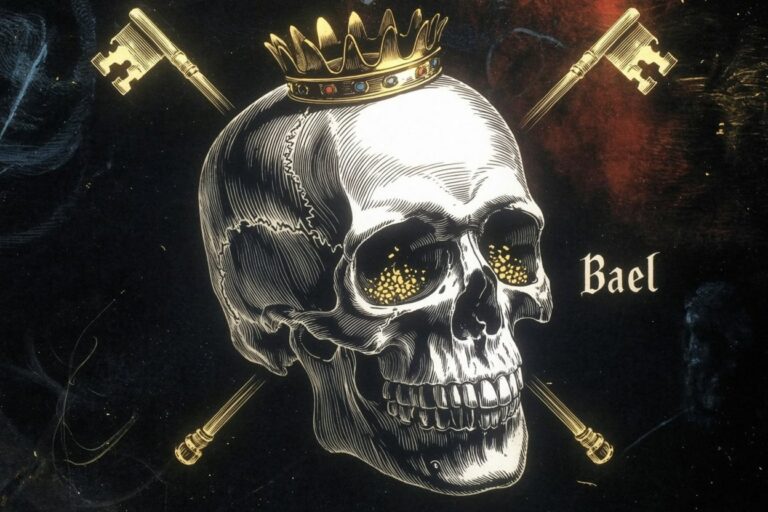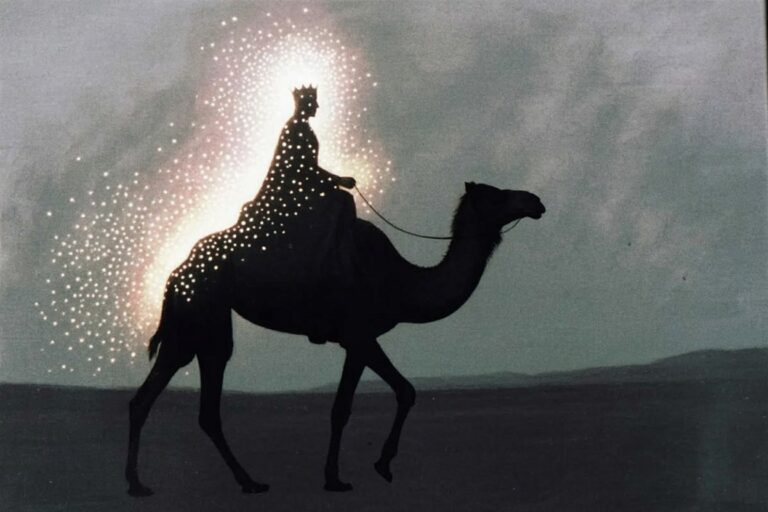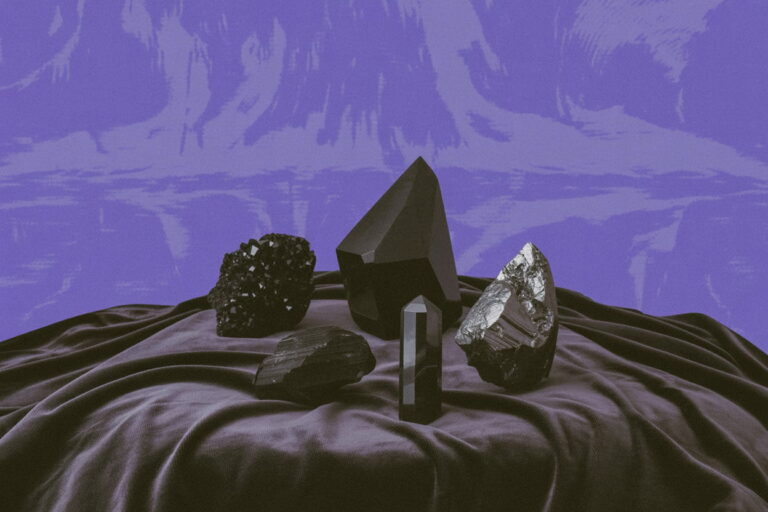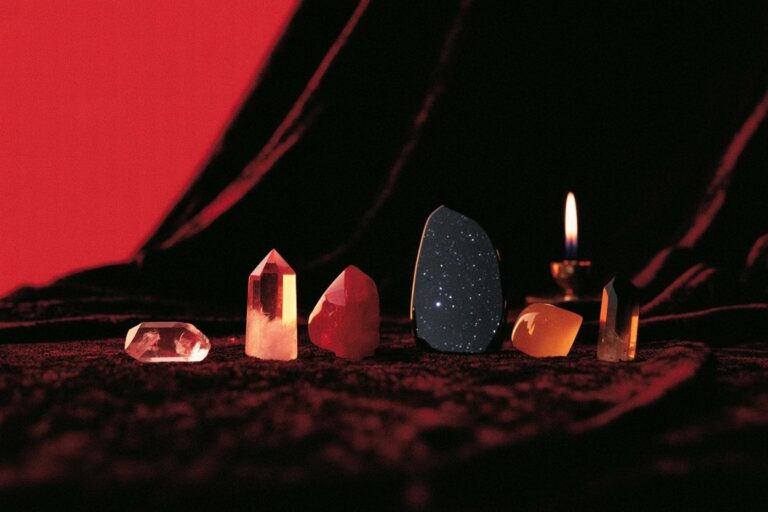Who Are the Fae? Understanding Irish Folklore and Mythology
Please note that posts on this site may contain affiliate links
The Fae are some of the most fascinating beings in Irish folklore. They weave a rich tapestry of magic, mystery, and connection to the natural world. These mythical creatures have captured imaginations for centuries, appearing as nature spirits, guardians, and even mischievous tricksters.
With their roots deeply tied to Celtic traditions, the Fae are more than just “fairies.” They are intertwined with Irish mythology, offering stories that reveal their role as protectors of sacred spaces and participants in ancient rituals. As we dive into who the Fae truly are, you’ll discover how these mythical beings shaped Irish culture and continue to inspire modern celebrations like St. Patrick’s Day.
Whether you’re curious about their origins, the different types of Fae, or how to incorporate their magic into your life, there’s something enchanting to uncover about these otherworldly beings. Let’s explore the lore of the Fae, their magical roles, and their connection to Irish traditions.
The Origins of the Fae in Irish Mythology
The Fae have long been a cornerstone of Irish mythology, their origins rooted in the rich history of Celtic traditions. To truly understand the Fae, we must first look at the Tuatha Dé Danann, an ancient race of deities and heroes who once ruled Ireland. According to legend, the Tuatha Dé Danann arrived in Ireland on mystical ships and brought with them great knowledge, magic, and power.
When they were defeated by the Milesians, the ancestors of the Irish people, the Tuatha Dé Danann retreated into the earth, becoming the Sidhe, or “People of the Mounds.” These mounds, often referred to as fairy forts, are scattered across Ireland and remain sacred to this day. The Sidhe transformed into the Fae, taking on roles as guardians of the natural world and protectors of ancient secrets.
The Lebor Gabála Érenn, or Book of Invasions, is one of the primary sources that sheds light on these origins. It describes how the Tuatha Dé Danann mastered magic and crafted objects of great power, such as the Sword of Nuada and the Cauldron of Dagda. These tools symbolized their connection to both the physical and spiritual realms, bridging the mortal world with the divine.
Beyond their connection to the Tuatha Dé Danann, the Fae also represent a deep bond with nature. They are seen as spirits tied to the land, rivers, and forests, serving as intermediaries between humans and the environment. Many traditional Irish stories depict the Fae as fiercely protective of their homes, warning humans against disrupting sacred spaces like fairy forts or hawthorn trees.
Their origins are not solely tied to Ireland, however. Similar beings appear across Celtic lands, highlighting shared cultural beliefs in nature spirits and otherworldly guardians. This interconnected mythology underscores how the Fae were not just folklore but a vital part of spiritual life, guiding how ancient people interacted with their surroundings.
Understanding the origins of the Fae gives us insight into their significance in Irish culture. These beings are more than fairy tale characters—they represent the delicate balance between humanity and nature, as well as the enduring power of magic and storytelling.
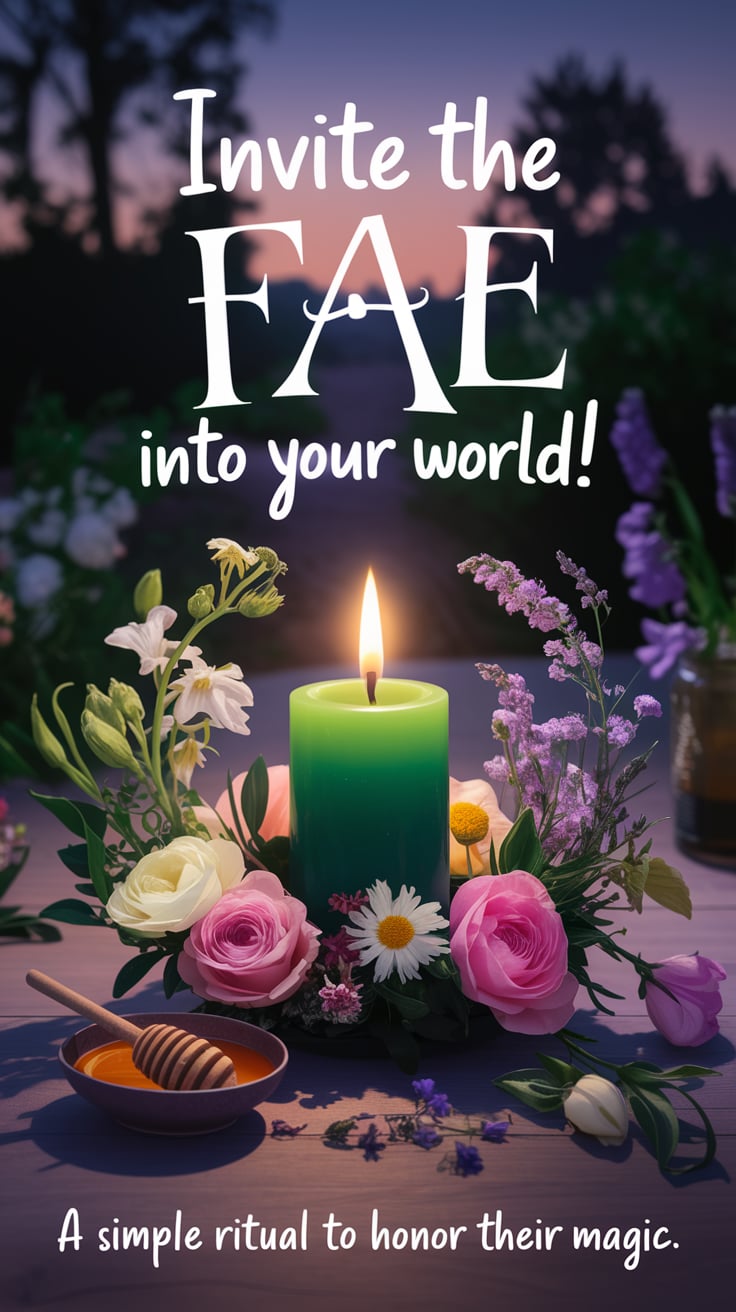
Different Types of Fae and Their Characteristics
The world of the Fae is as diverse as it is mysterious. Far from being a single type of creature, the Fae encompass a wide variety of beings, each with their own roles, traits, and quirks. Irish folklore paints a vivid picture of these entities, showing how they interact with both the natural world and the human realm.
Nature Spirits
Nature spirits are perhaps the most well-known type of Fae. These beings are deeply connected to the land, serving as guardians of forests, rivers, hills, and even specific plants. They are often described as ethereal and beautiful, with an otherworldly glow that hints at their magical nature. Legends warn that disturbing their sacred spaces, such as cutting down a fairy tree, can bring misfortune.
Tricksters and Mischief-Makers
Trickster spirits, like leprechauns, add a playful yet unpredictable energy to the Fae. These beings are known for their love of mischief and cleverness. Leprechauns, for example, are famous for hoarding gold at the end of rainbows and playing pranks on those who cross their paths. However, their tricks often carry a lesson, blending humor with a deeper purpose.
Guardians and Protectors
Not all Fae are playful or mischievous. Some take on the role of protectors, safeguarding humans or specific places. The banshee is a prime example. Though often feared for her mournful wail, the banshee is a harbinger of death, alerting families to prepare for the passing of a loved one. These protective Fae are deeply respected in Irish culture.
Domestic Fae
Less commonly known are the domestic Fae, who dwell in or around homes. Brownies and hobgoblins are examples of these creatures. They are said to help with household tasks, though they require offerings of food or milk in return. If offended, they might cause chaos, overturning furniture or spoiling food.
Malevolent Fae
Not all Fae are friendly. Some are outright dangerous, embodying chaos and destruction. The Dullahan, a headless horseman, is a fearsome figure who heralds death. Other malevolent Fae, like changelings, are known for stealing human children and leaving behind eerie replacements.
Chart of Fae Types and Traits
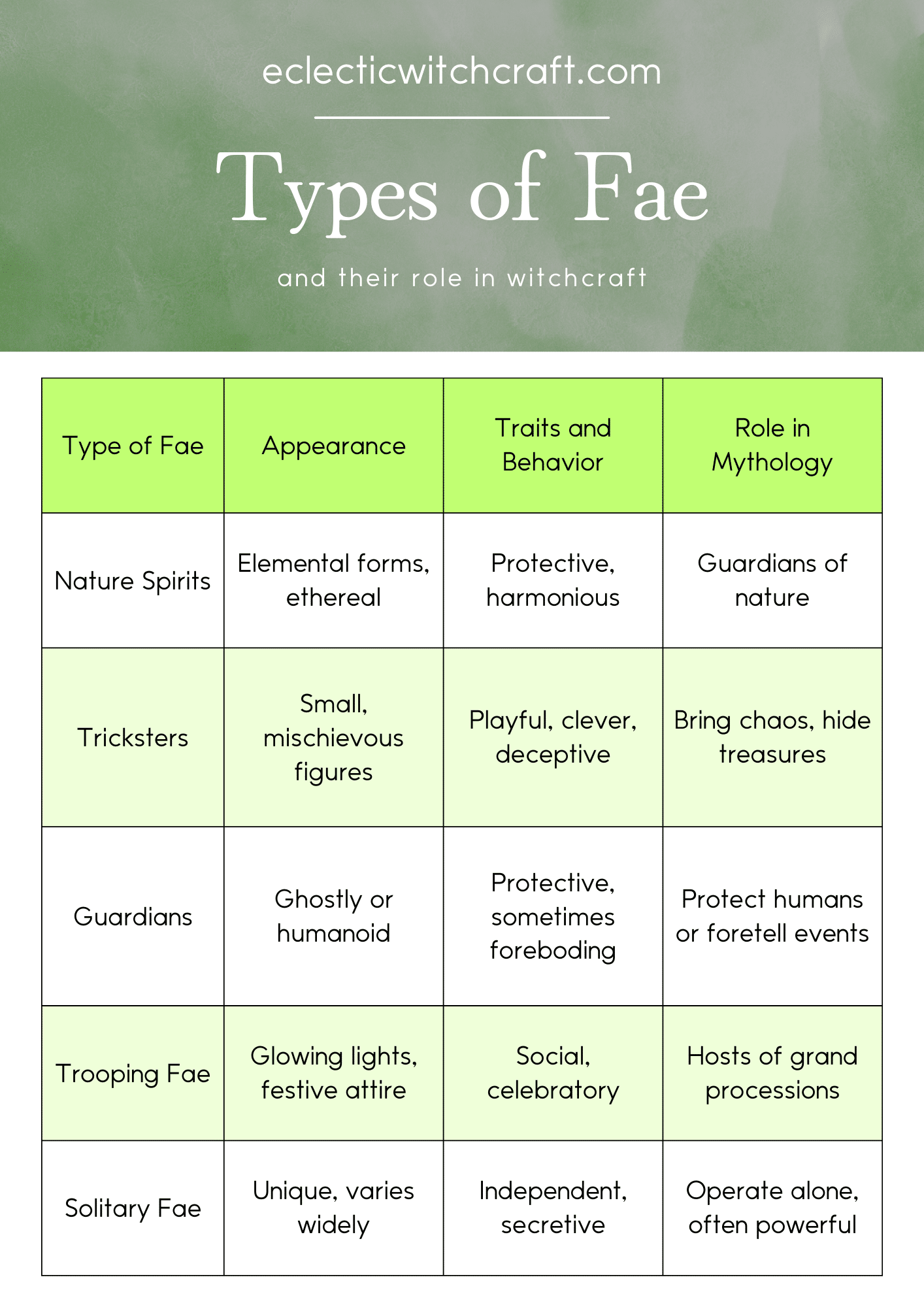
Fae Relationships with Humans
The Fae interact with humans in diverse ways. Some offer blessings of luck and abundance, while others warn of danger or bring challenges to test human resilience. Folklore teaches that maintaining a respectful relationship with the Fae—such as leaving offerings or avoiding their sacred spaces—is key to ensuring harmony.
By understanding the various types of Fae and their characteristics, we gain a fuller picture of their role in Irish folklore. Each type serves a unique purpose, reminding us of the complex and layered nature of these magical beings. Whether playful, protective, or fearsome, the Fae reflect the intricate relationship between humans, the natural world, and the mystical forces that shape both.
The Cultural Significance of the Fae
The Fae are more than just mythical beings; they are deeply woven into the cultural fabric of Ireland. Their stories and presence have influenced traditions, art, and the way people interact with the natural world. By exploring the cultural significance of the Fae, we can better understand how they have shaped and been shaped by Irish identity.
The Fae and Irish Holidays
Many Irish holidays have roots in ancient Celtic traditions, where the Fae played an important role. Samhain, the predecessor to Halloween, is a prime example. This festival marked the thinning of the veil between worlds, allowing humans and the Fae to interact more freely. It was a time for leaving offerings to the Fae, ensuring their goodwill for the coming year.
Similarly, Beltane, the festival of fire and fertility, celebrated the awakening of nature spirits. People would light fires and perform rituals to honor the Fae, seeking their blessings for abundant harvests and protection from harm.
While St. Patrick’s Day doesn’t directly reference the Fae, it offers an opportunity to celebrate Irish culture, including its rich folklore. Incorporating the Fae into modern St. Patrick’s Day traditions—through crafts, stories, or rituals—keeps their legacy alive in a playful yet meaningful way.
Artistic and Literary Representation
The Fae have inspired countless works of art and literature, serving as symbols of mystery, magic, and the connection between humans and nature. From the intricate designs of Celtic knotwork to the fantastical imagery in Irish poetry, the Fae are a recurring theme. Writers like W.B. Yeats famously explored their role in Irish myth, blending folklore with literary imagination.
In visual art, the Fae are often depicted as ethereal beings, surrounded by lush natural landscapes. These depictions highlight their ties to the earth and their role as guardians of sacred spaces. Whether portrayed as mischievous tricksters or serene protectors, the Fae remain central to Irish artistic expression.
The Fae’s Role in Community Practices
Folklore about the Fae often served as a way to guide communal behavior. Stories about respecting fairy forts, for example, reinforced the importance of preserving natural landmarks. Similarly, tales of Fae mischief reminded people to show kindness to strangers or be mindful of their actions.
In rural areas, belief in the Fae persisted well into modern times. People would leave offerings at sacred sites, avoid cutting down certain trees, and even alter construction plans to avoid disturbing fairy mounds. These practices highlight the Fae’s enduring influence on how people live and interact with their environment.
Connection to Modern Paganism
In modern Pagan practices, the Fae are often celebrated as part of rituals that honor the natural world. Practitioners may invoke the Fae during ceremonies for luck, protection, or inspiration. By blending ancient traditions with contemporary spirituality, these practices keep the cultural significance of the Fae alive.
How the Fae Reflect Irish Identity
The Fae embody qualities that are central to Irish identity: a deep respect for nature, a love of storytelling, and an appreciation for the magical and mysterious. They serve as a bridge between the past and present, connecting modern celebrations to ancient traditions. Whether through holiday customs, art, or personal rituals, the Fae continue to shape how Irish culture is celebrated and preserved.
Understanding the cultural significance of the Fae shows that they are much more than folklore. They are a symbol of Ireland’s enduring relationship with its land, its history, and the unseen forces that guide both. Their influence can be seen in everything from ancient rituals to modern festivals, making them an integral part of Irish heritage.
Modern Interpretations of the Fae
The Fae have evolved from ancient Celtic mythology into symbols of magic and mystery in modern times. While their roots remain in folklore, today’s interpretations reflect the blend of tradition with contemporary spirituality and pop culture.
The Fae in Modern Witchcraft
In modern witchcraft and Pagan practices, the Fae are celebrated as beings that embody the spirit of nature and the mystical. Practitioners often connect with the Fae during rituals to seek guidance, blessings, or protection. Offerings like milk, honey, or shiny objects are left in nature to honor them, continuing ancient traditions of respect.
The Fae are also seen as symbols of adaptability and transformation. In rituals focused on personal growth or connecting with natural cycles, the Fae are called upon for their wisdom and magical energy. Their connection to the earth makes them central to modern practices that emphasize harmony with nature.
The Fae in Pop Culture
Beyond spirituality, the Fae have become popular characters in fantasy literature, movies, and television. From Tolkien’s elves to the mischievous fairies in Shakespeare’s A Midsummer Night’s Dream, these beings have been reimagined in countless ways. While these portrayals often simplify their complex nature, they help keep the lore alive for new generations.
This modern fascination with the Fae reflects a longing for enchantment and a connection to something greater than ourselves. Whether they are depicted as ethereal guardians or playful tricksters, the Fae continue to captivate the human imagination.
The Fae in Daily Life
For many, incorporating the Fae into daily life involves small, meaningful actions. Creating a garden space dedicated to the Fae, practicing mindful walks in nature, or crafting DIY lucky charms inspired by their energy are just a few ways people honor these beings today. These practices are not just about mythology—they’re about fostering a sense of wonder and appreciation for the natural world.
DIY Rituals to Connect with the Fae
Connecting with the Fae can be a magical and rewarding experience. These beings thrive on respect and intentionality, so rituals dedicated to them should reflect care and mindfulness. Here’s a simple ritual to get started:
Materials Needed
- Fresh flowers or herbs (like lavender or thyme)
- A small dish of milk or honey
- A candle in a natural color (green or white works well)
- A quiet outdoor space
Instructions
- Find a quiet spot in nature, such as a garden, park, or forest clearing.
- Arrange your offerings (flowers, herbs, milk, or honey) in a small circle.
- Light the candle and take a moment to focus on your intentions.
- Speak aloud, inviting the Fae to join you and expressing your gratitude for their presence in the natural world.
- Leave the offerings behind as a sign of respect.
This ritual can be adapted for seasonal celebrations like Beltane or Samhain, deepening your connection to the cycles of nature and the energy of the Fae.

Perform a DIY Ritual to Connect with the Fae
This ritual is designed to foster a connection with the Fae, honoring their presence and seeking their guidance or blessings. Using simple natural materials, this practice is ideal for beginners and can be done outdoors for a magical experience.
Materials
- Fresh flowers or herbs (such as lavender, thyme, or daisies).
- A small dish of milk or honey.
- A green or white candle.
- Matches or a lighter.
- A flat surface or space in nature (a garden, park, or forest clearing).
Instructions
Notes
Celebrating St. Patrick’s Day with Fae Magic
St. Patrick’s Day provides the perfect opportunity to honor Irish culture and incorporate Fae traditions into your festivities. Here are some ways to celebrate with a touch of magic:
Crafts and Decorations
- Create fairy lanterns using mason jars, glitter, and LED candles.
- Decorate your space with green and gold accents inspired by Irish folklore.
- Make a wreath with symbols like shamrocks, Celtic knots, and fairy charms.
Themed Recipes
Prepare foods with magical correspondences, such as:
- Celtic knot bread for unity and protection.
- Honey cakes to honor the Fae.
- Green herb salad (with mint, parsley, and basil) for abundance and luck.
Fun Activities
- Set up a leprechaun treasure hunt for kids, hiding small trinkets or treats.
- Host a storytelling circle, sharing Irish myths and legends about the Fae.
- Incorporate a small ritual, like leaving a plate of food outside as an offering to the Fae.
By blending traditional Irish customs with modern creativity, you can create a celebration that’s both meaningful and magical.
Crafting Fae-Inspired Lucky Charms
Lucky charms are a simple yet powerful way to invite the energy of the Fae into your life. Crafting them is a fun activity that can be done solo or with friends and family.
Materials Needed
- Small stones or crystals (quartz or amethyst work well)
- String or ribbon in green or gold
- Small charms or pendants (like Celtic knots or shamrocks)
- Natural materials like feathers or dried herbs
Instructions
- Choose a stone or crystal to serve as the centerpiece of your charm.
- Wrap the stone with string or ribbon, adding decorative charms as you go.
- Incorporate natural materials like feathers or herbs for extra symbolism.
- Once complete, carry the charm with you or place it in a sacred space.
These charms can be customized for specific intentions, such as luck, protection, or abundance, making them a versatile way to honor the Fae.
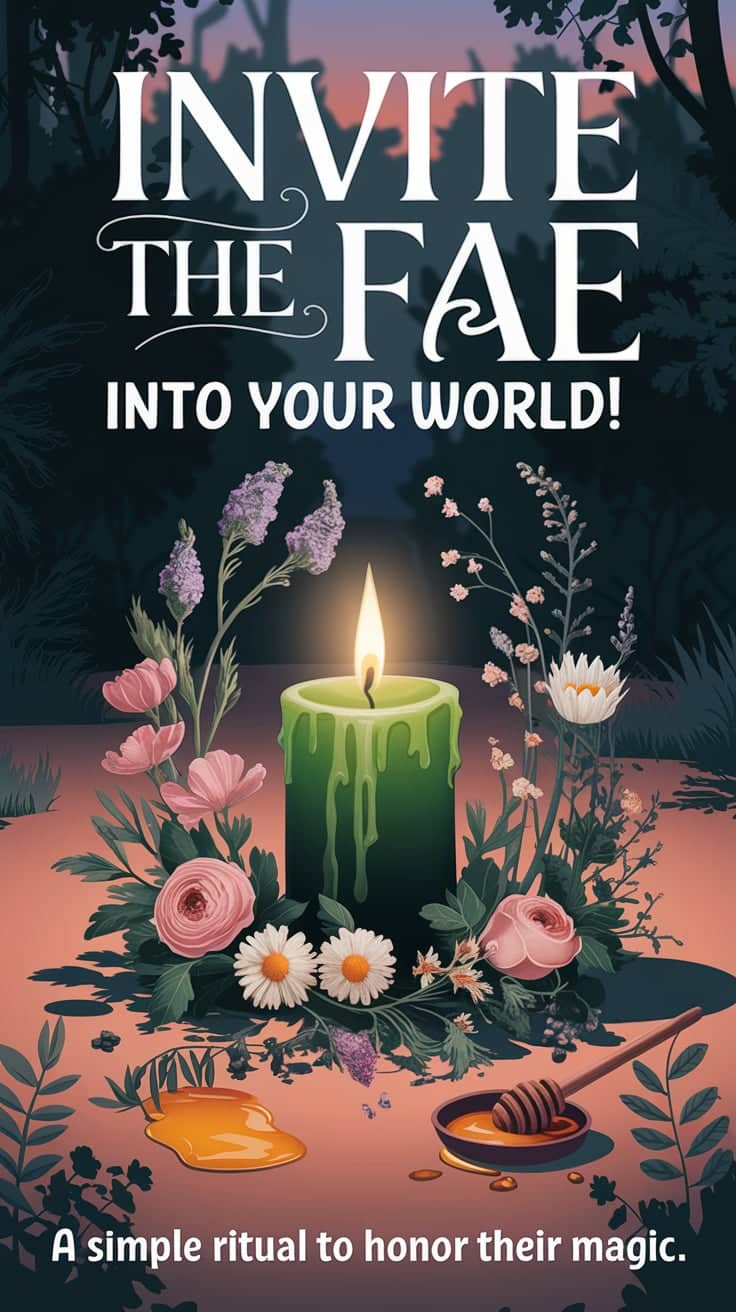
FAQs About the Fae
Are the Fae good or bad?
The Fae are neither purely good nor evil. They are complex beings with their own morals and motivations. Respecting their boundaries is key to a positive relationship.
How do you respectfully honor the Fae?
Offerings like milk, honey, or shiny objects are traditional ways to honor the Fae. Avoid disturbing sacred spaces like fairy mounds or trees.
What is the difference between Fae and fairies in modern stories?
In modern stories, fairies are often romanticized and simplified versions of the Fae. Traditional Fae are much more complex and tied to specific cultural beliefs.
How does St. Patrick’s Day connect to Irish mythology?
While St. Patrick’s Day focuses on Christian traditions, it offers a chance to celebrate Irish heritage, including its folklore and mythical beings like the Fae.
By exploring the Fae, we not only delve into the richness of Irish mythology but also create opportunities to bring a little magic into our modern lives. Whether through rituals, crafts, or simply learning their stories, the Fae continue to inspire and enchant.
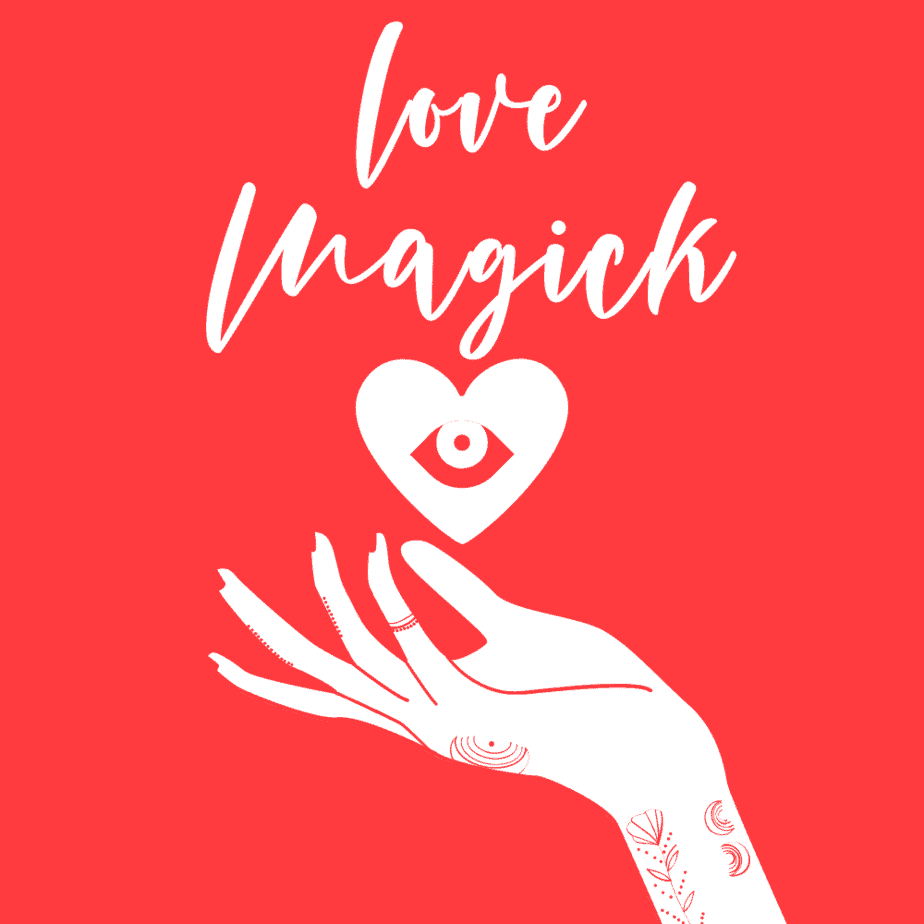
20 Love Spells: From Love at First Sight to Break Up
Transform your romantic life with ‘20 Love Spells: From Love at First Sight to Break Up‘ for only $5.99—unlock the power of love magic to attract, maintain, or end relationships with ease.
No post found!


